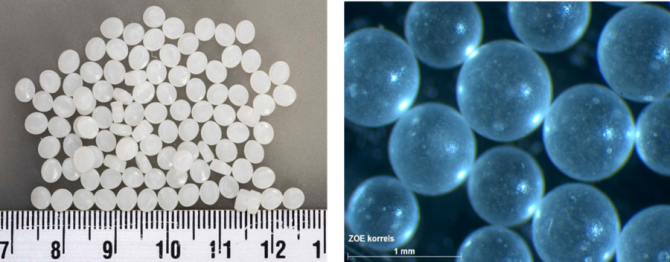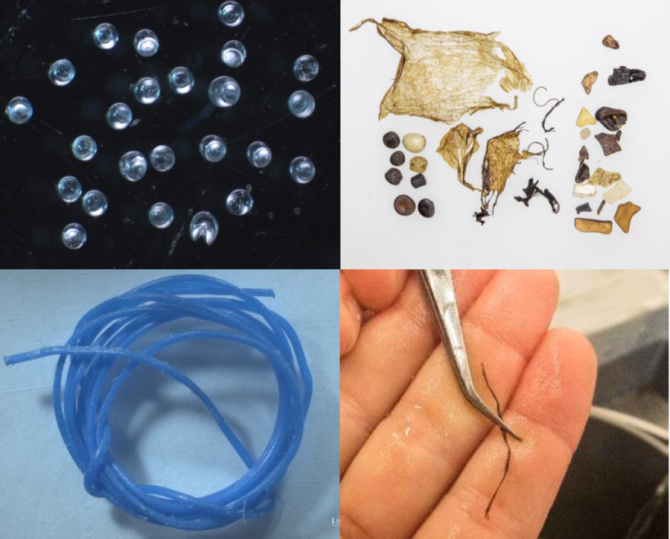
Neuigkeiten
Effects of the ZOE container spill on marine organisms in the North Sea and the Wadden Sea
During a heavy storm at 1st January 2019, the container vessel MSC ZOE lost around 350 containers just above the Dutch island Schiermonnikoog. Part of the containers broke open and the content was spilled at sea. Unfortunately, the exact content of the containers remains unpublished, but large amounts of plastic stranded on Dutch beaches. The Dutch society and Dutch politicians were worried if such a spill would have consequences for marine organisms. Wageningen Marine Research and NIOZ (Royal Netherlands Institute for Sea Research) have now published their results in a shared report.
Lost at sea
At Wageningen Marine Research, the stomach contents of several marine species were evaluated in order to see if plastics from the ZOE had been ingested. Therefore, the stomach contents from before and after the incident were compared. The research particularly focused on two plastics types that the ZOE had lost: polyethylene (PE) pellets and polystyrene (PS) beads. The pellets are used in the preproduction processes of plastics manufacturing, are around 5 mm in size and in this case they had a milky colour. The beads were 0.6 mm in size and under the influence of heat they expand to what is known as Styrofoam.

Analysis of several marine species in the North Sea and Wadden Sea
The stomach content analysis was done in several species that occur in the North Sea and the Wadden Sea area: ten species of fish, seven species of seabirds and three marine mammal species. In 2019 and 2020, so after the incident, a total of 1340 individuals were examined and compared to more than 5000 animals that have been collected and analysed before the incident.

Much plastics but no ZOE plastic
Many of the species examined in 2019 and 2020 contained some plastics, only sea ducks, auks and seals did not contain any. Most of the plastic was found in northern fulmars, where 95% of the birds had plastic in their stomach. There was a big variation in the available number of samples between different species, which affected the outcome of this study. Of the two sea duck species only 14 individuals were available, together with 12 auks and only four kittiwakes. In contrast, 44 northern fulmars, 44 harbour porpoises and 1087 fishes were examined.
Examples of encountered plastic particles were tiny beads in plaice, that looked a bit like the PS beads but were identified as PMMA (see photo). However, also larger items, such as threads, plastic fragments and pellets, were found in e.g. northern fulmars, kittiwakes and harbour porpoises. Some of the pellets looked comparable to the ones lost by ZOE in terms of size and appearance but none of them could clearly be identified as ZOE pellets.
These results from 2019 and 2020 were compared to available data from before the incident. All species studied have historical records of plastic ingestion. Caused by the small sample period after the incident and by the small sample size in some of the species no reliable conclusions could be drawn, however a clear increase due to the incident seemed not to appear.
The results are published in a report and are also available in several separate reports that focus on different species groups. Unfortunately these reports are only available in Dutch language. See links on the right side.

What now?
During this study, none of the detected plastic items could be linked to the ZOE incident. Nevertheless, the detected items do confirm that ZOE pellets and beads can be ingested and integrated in the foodweb of species in the North Sea and the Wadden Sea. In addition these results show that different species are affected by chronic plastic pollution. Long-term research may reveal reliable patterns of abundance and trends in plastic pollution in order to assess the success of mitigation measures taken by policy makers and the society.